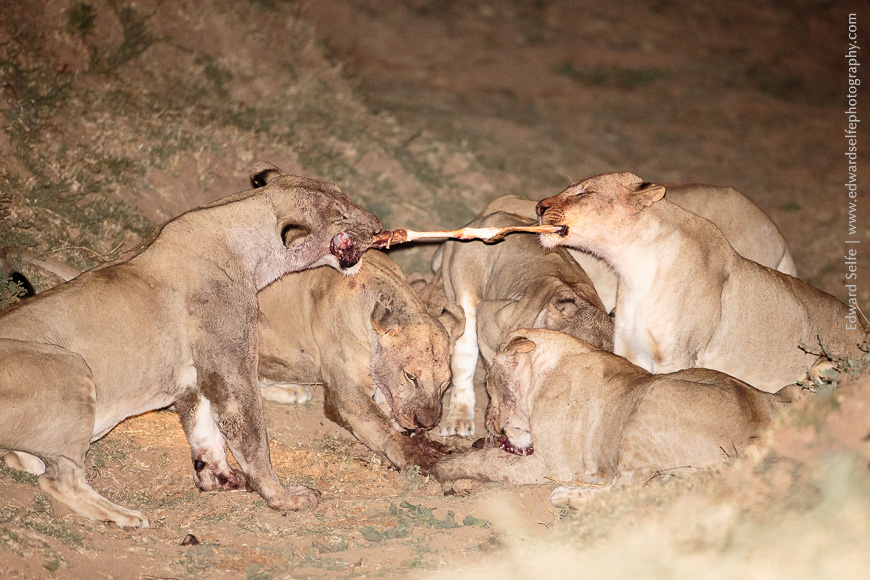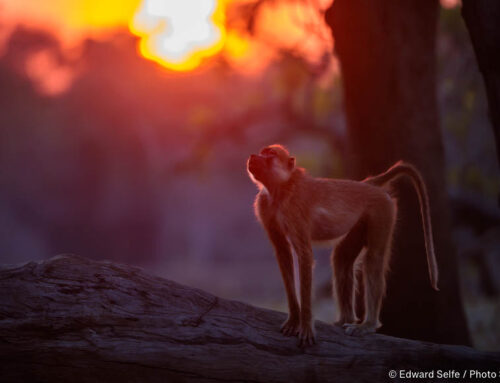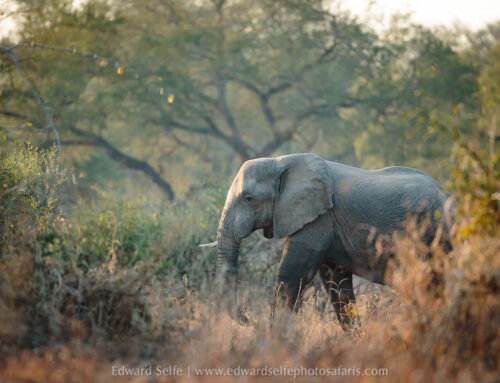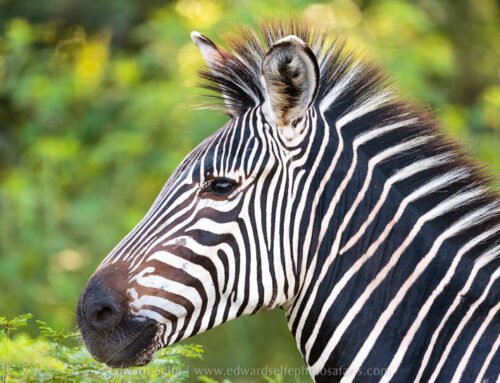While I am confident that all my guests will leave Luangwa having had an amazing time, there is always an element of nervousness on my part each time I start with someone new. I think it’s only natural, and it keeps me on my toes!
I had started safari steadily with Hermann that afternoon; after all it was our first drive and I find that entering the South Luangwa National park is an overload on the senses. There is such an abundance of game and I like to allow guests to process it in their own way. We had taken in some zebras and elephants, before I turned and headed to a spot where I’d left some lions resting in the morning. The lions hadn’t done much – they’d moved around the tree to stay in the shade! – so we left them resting and went to shoot some impalas who were standing beautifully in a tunnel of trees.
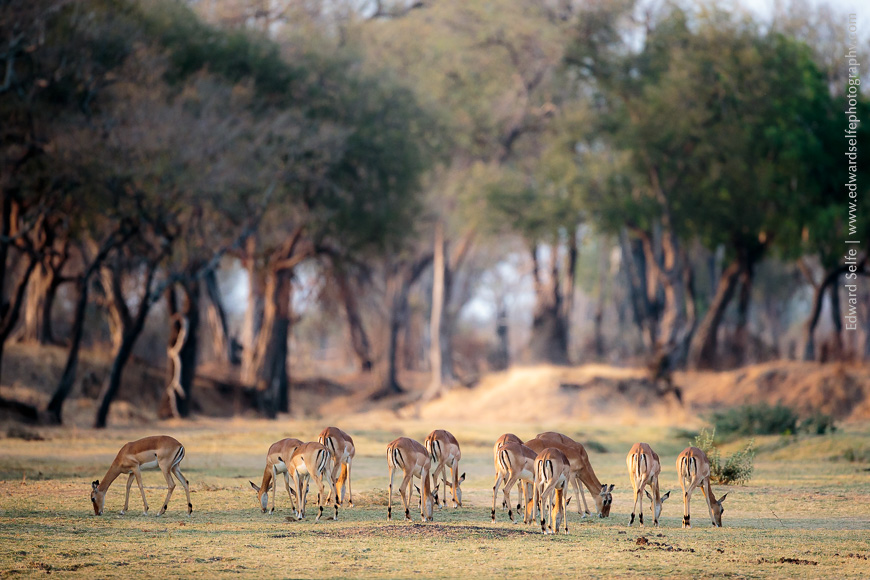
The impalas were a little twitchy, but I put that down to their nervousness at feeding alongside a deep gulley, which often provides cover to predators. However, I then heard a single baboon give several short calls, and I knew that there was something around. A baboon might catch a glimpse of a predator in the gulley from the safety of his tree and call briefly before losing sight of the cat once more.
I headed to the site of the barking baboon, and checked the bottom of the gulley for leopard tracks. We moved off to check one other area, and when returning, I found brand new leopard paw prints in the spot where I had checked immediately before!
We returned to the impalas, knowing that the leopard would be after them, and took up position in a spot near the herd. We had hardly settled down when a female leopard came bursting from the gulley and flattened the impala ram before rolling down into the gulley with his muzzle in her jaws.
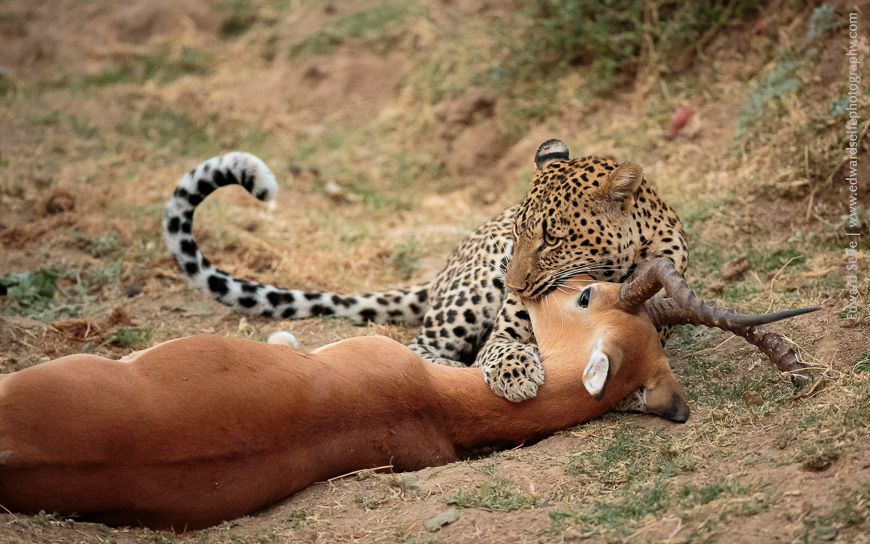
She throttled the impala for nearly 2 minutes (choosing to bite over his nose and mouth rather than his throat) before releasing her grip and resting.
The light was very low at this stage, so I had advised Hermann to use ISO 6400 and to choose his widest aperture (f5.6 on his Nikon 200-500mm lens). Even so, we were getting only 1/50-1/100sec. In this situation, I suggested resting the camera steadily on a bean-bag or monopod, and taking bursts of 3-5 images. While the shutter speed is slow, and the burst mode won’t make it any faster, you are more likely to find one shot which is sharp among many, rather than relying on the one shot you take being sharp.
Shortly after this, lions got wind of the kill, and piled in on top of the leopard, chasing her off and stealing her kill! What a way to start a safari in the Luangwa….although by no means all that Luangwa had to offer for Hermann!
